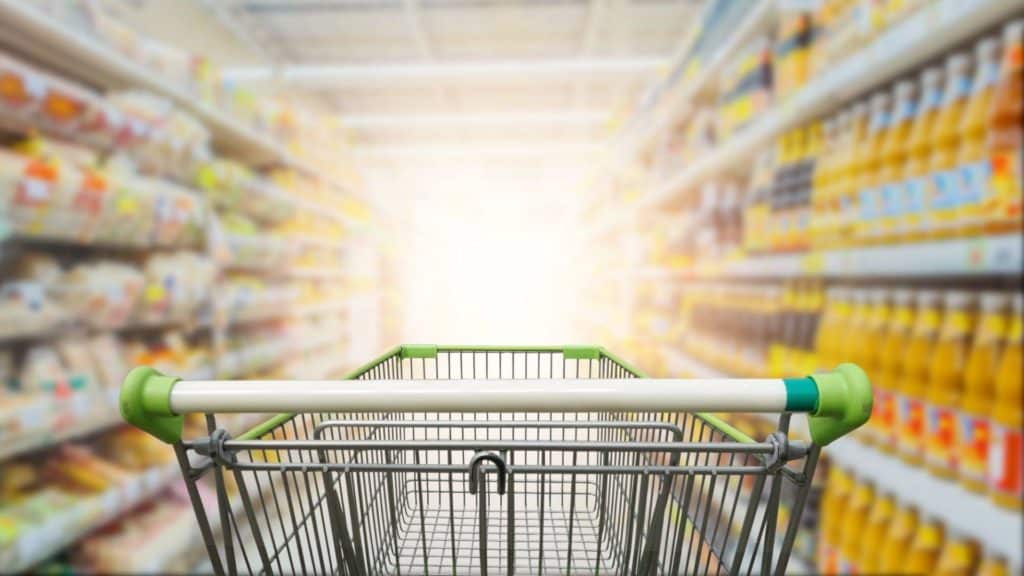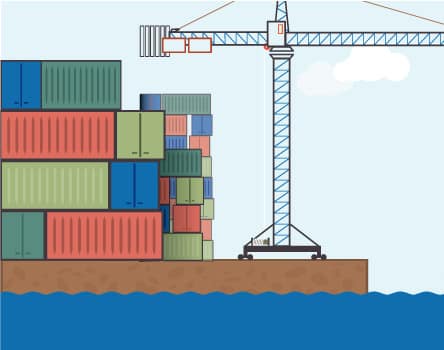It’s no secret that the coronavirus changed the way we do business. Ecommerce order volumes soared to record highs while brick-and-mortar retailers were having to shut their doors. As you can imagine, retail giants like Walmart and Home Depot feel an intense pressure to innovate. We think the fight for survival in an eCommerce-driven world is going to drive future trends in the retail industry.
We’ve talked before about how rapidly eCommerce has grown this year. In another article, we talked about how you can set up an online store and capitalize on market growth while the opportunity is still there. Let’s put it this way: it’s not just small businesses and individuals that see the opportunity here.
Just check out this article by CNBC – the statistics are remarkable! Best Buy’s online sales increased by 242% in the second quarter. Target, Dick’s Sporting Goods, Lowe’s, Tiffany, and Home Depot all saw their online sales more than double.
But we all know that at some point, this pandemic is going to end. We also know that eCommerce sales won’t stay as high as they are now, but they’re still going to be much higher than before. After all, much of eCommerce sales was limited by a large contingent of holdouts who were still uncomfortable with online shopping. Suffice it to say, 2020 converted those folks to eCommerce really quickly.
Retailers big and small are already drawing up future plans. If you run an eCommerce store, you need to know what they’re going to do so you can stay competitive.
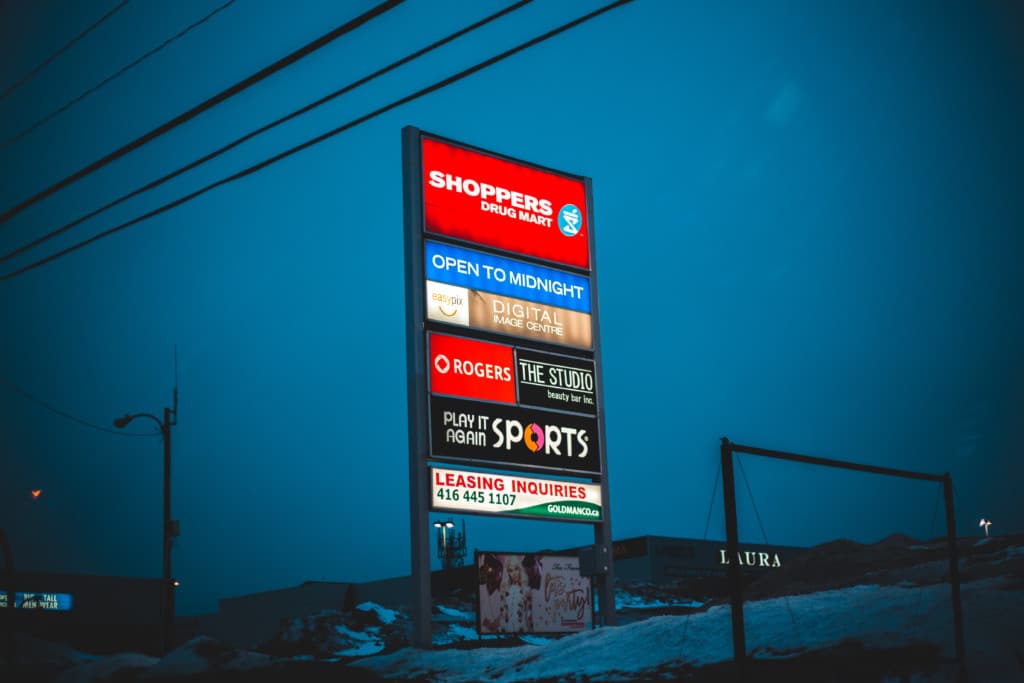
1. Malls may become distribution centers.
Several years back, I made an offhand joke to a friend that malls would eventually be bought out by Amazon and turned into warehouses. It sounded absurd at the time.
However, companies as big as Sears have recently gone bankrupt, and they’re definitely not going to be the only one. As the pandemic economy drags on, many other endangered stores are going to inevitably fold. That means a lot of malls are going to become empty husks.
Never one to pass up on cheap real estate, Amazon is looking into buying malls and turning them into distribution centers. We don’t know if this actually going to happen, but the fact that this is being considered tells you something about their priorities.
Same-day shipping has been growing in popularity for a long time now. As many as 80% of shoppers want same-day shipping as an option, and another 61% want their packages within 1-3 hours of placing an order. Many even abandon their carts because shipping isn’t fast enough.
Here’s the problem with that, though. Same-day shipping is unbelievably difficult to arrange cost-efficiently. You have to have a lot of warehouses close to your customers and sophisticated demand estimation systems to know what items to stock and where.
Yet customers’ desires aren’t going anywhere, especially not when they’re stuck at home. That’s why major online companies like Amazon are buying up real estate across the country. They want to make same-day shipping more widely available.
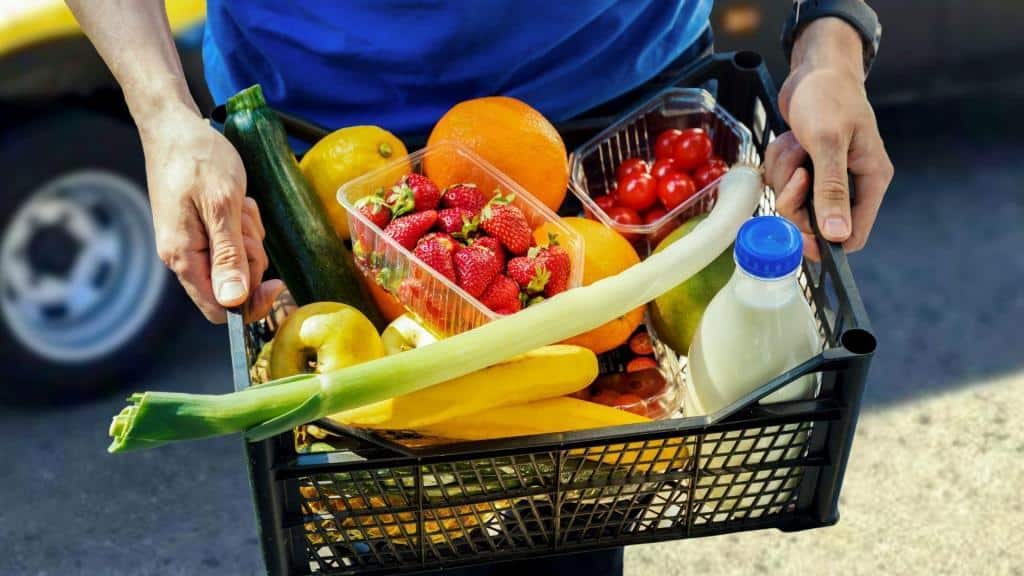
2. Brick-and-mortar stores may deliver to the home.
Of course, brick-and-mortar stores are not going to go down without a fight. The beauty of a Walmart, Kroger, or CVS is that they have common items in a lot of different locations. Even now, the fastest way to get your hands on some needed grocery item is to drive to the store. In this sense, local brick-and-mortar stores are still the most convenient option for getting items quickly.
At the same time, there is a troubling logistics problem called “last-mile delivery.” Shipping items between major transit hubs is relatively inexpensive. The routes are optimized and the trucks are full. UPS, FedEx, and USPS have this down to a science.
Delivering to individual homes, though? That’s trickier because it’s time-consuming and not that many packages get moved in the process. Yet you still have to get packages to the customer.
Since they already have the real estate that eCommerce-first companies don’t have, brick-and-mortar companies are uniquely positioned to solve this problem. Companies like Walmart and Home Depot naturally will want to out-maneuver Amazon. One of the easiest ways they can do that right now is buy employing workers to deliver items right to customers’ homes within a couple of hours.
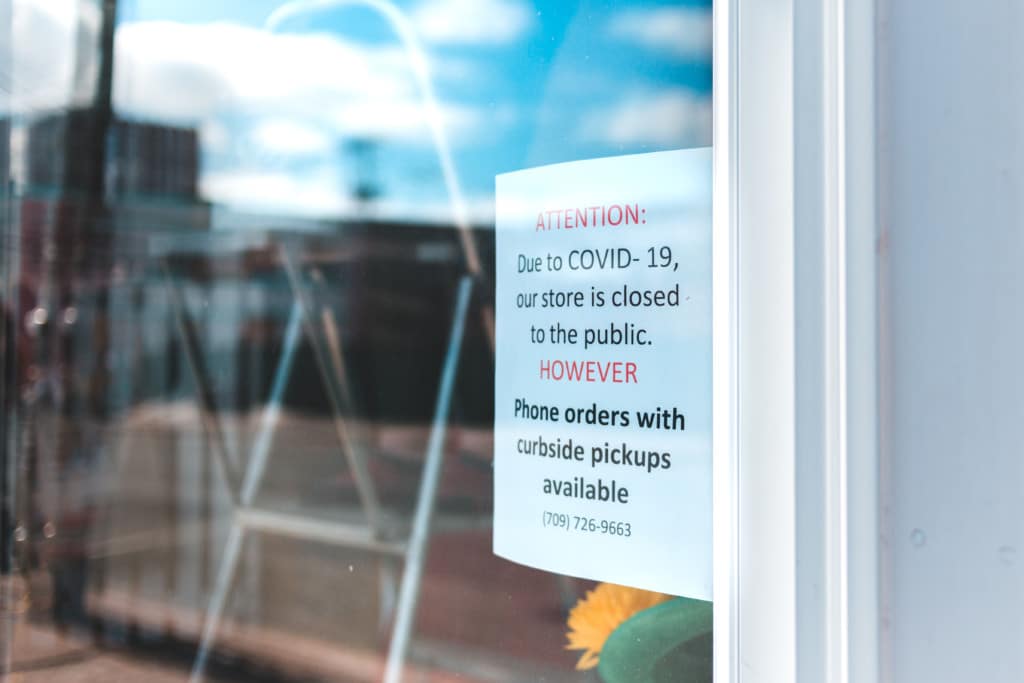
3. More stores will likely offer in-store pickup.
Right before the pandemic hit, Walmart was starting to roll out a program where you could place orders online. Once the order was received, an employee would do the shopping for you. When you arrive, you scan a bar code and an employee brings out the cart full of all your items. You pay by credit card, take the goods, and go on your merry way. No aisle-hunting required!
Of course, it’s not just Walmart, though. A lot of stores are starting to do this. In fact, in-store pickup is the number one method that brick-and-mortar stores use to fulfill eCommerce orders. I’ve used it myself and I can understand why this is the case. It’s easy and it doesn’t come with additional fees.
Naturally, we can expect more companies to start providing this feature. Retail stores will gradually become more warehouse-like as fewer customers walk in and more employees do the shopping.

4. Grocery delivery will continue to be a formidable force.
One of the strange and remarkable aspects of 2020 has been the rapid rise of grocery delivery. The idea is very simple. You order your groceries online. A worker, often employed by an app like Instant Cart, will pick up all the items in your order and deliver them directly to your home.
In a way, apps like Instant Cart make up for a service gap. They’re a lot faster than ordering online through stores like Amazon and they handle the last-mile delivery that stores have not quite rolled out themselves yet. It’s a popular enough industry to where even DoorDash is getting in on it.
Online grocery delivery was already growing before the pandemic. However, because people are (reasonably) afraid to pick up their own groceries, this service has gone from being a luxury to being, for some particularly at-risk individuals, a necessity.
The habits we are forming as consumers right now are going to stick with us after the pandemic is over. Yes, grocery delivery may undergo a reduction in popularity once the pandemic subsides, but it will overall be much more popular than it was in 2019. If anything, brick-and-mortar stores will likely want to roll out their own delivery services and cut out middlemen like Instant Cart.
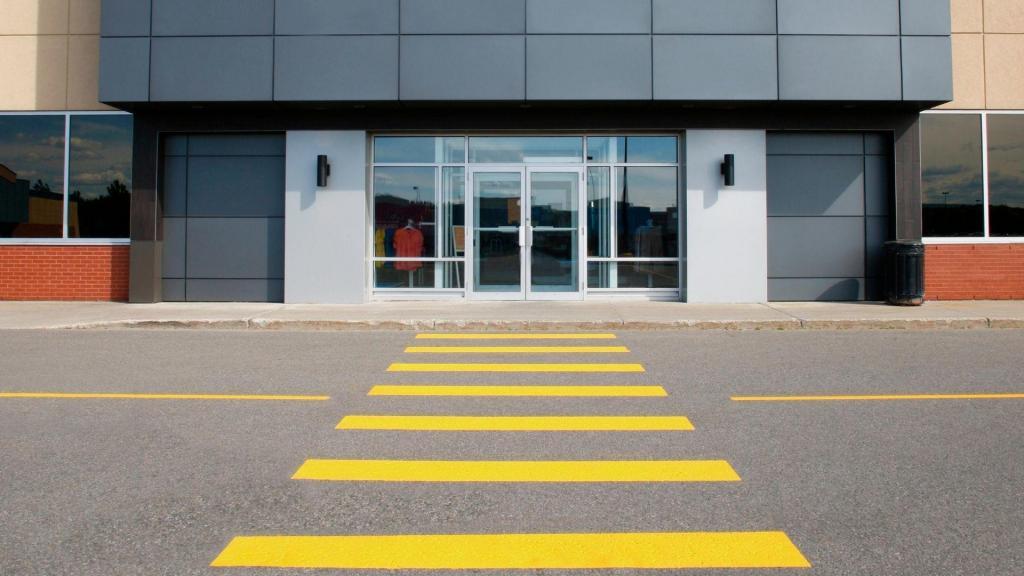
5. Brick-and-mortar retailers might deliver faster than eCommerce companies.
We hinted at this above, but it’s an important enough point to warrant its own section. Brick-and-mortar retailers have an important strategic advantage over eCommerce companies that wasn’t obvious a decade ago. They have real estate that allows them to act as their own warehouse.
Because brick-and-mortar chain stores have many locations spread out across a wide geographic area, they will be well-positioned to deliver common items almost anywhere within a couple of hours. Online companies like Amazon will remain the best choice for odd items that are not often found in retail stores, but will likely find it tough to compete in common items.
Let’s pretend for a moment that it’s 2025. The pandemic is over and many of the trends we’re talking about are now obvious recent history. In this world, if you need baking soda and flour to make a cake, are you going to wait for Amazon to ship it tomorrow? No! You’ll order it from Walmart and it will be at your house within two hours.
Final Thoughts
The retail landscape is rapidly adjusting as people live more of their lives online. It’s tempting to think of this time as a frightening one for brick-and-mortar businesses, but much of what we’ve seen over the last few months suggests that the truth is more complicated.
Many retail stores like Walmart are adjusting surprisingly well to the “new normal.” From their recent strategic maneuvers, as well as those of their competitors, we can predict what the future of retail will look like. After many years, it looks like traditional retail is going to embrace eCommerce – and we’ll all benefit from it as consumers!
It is going to be a constant battle between online and brick-and-mortar retailers. Online retailers are looking to turn old malls into distribution centers, while brick-and-mortar retailers are looking to deliver faster than eCommerce companies through last-mile delivery or in-store pickup.

